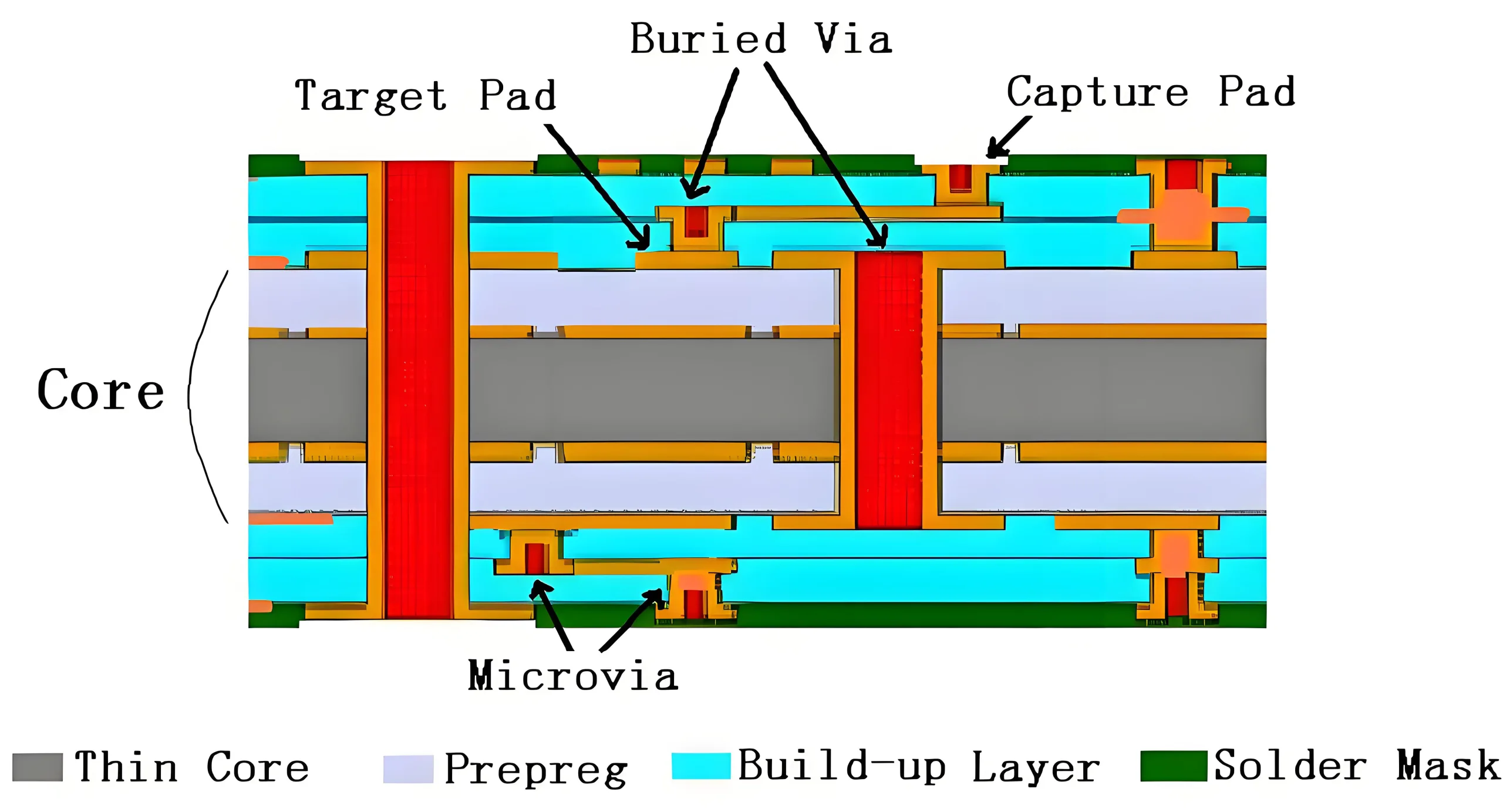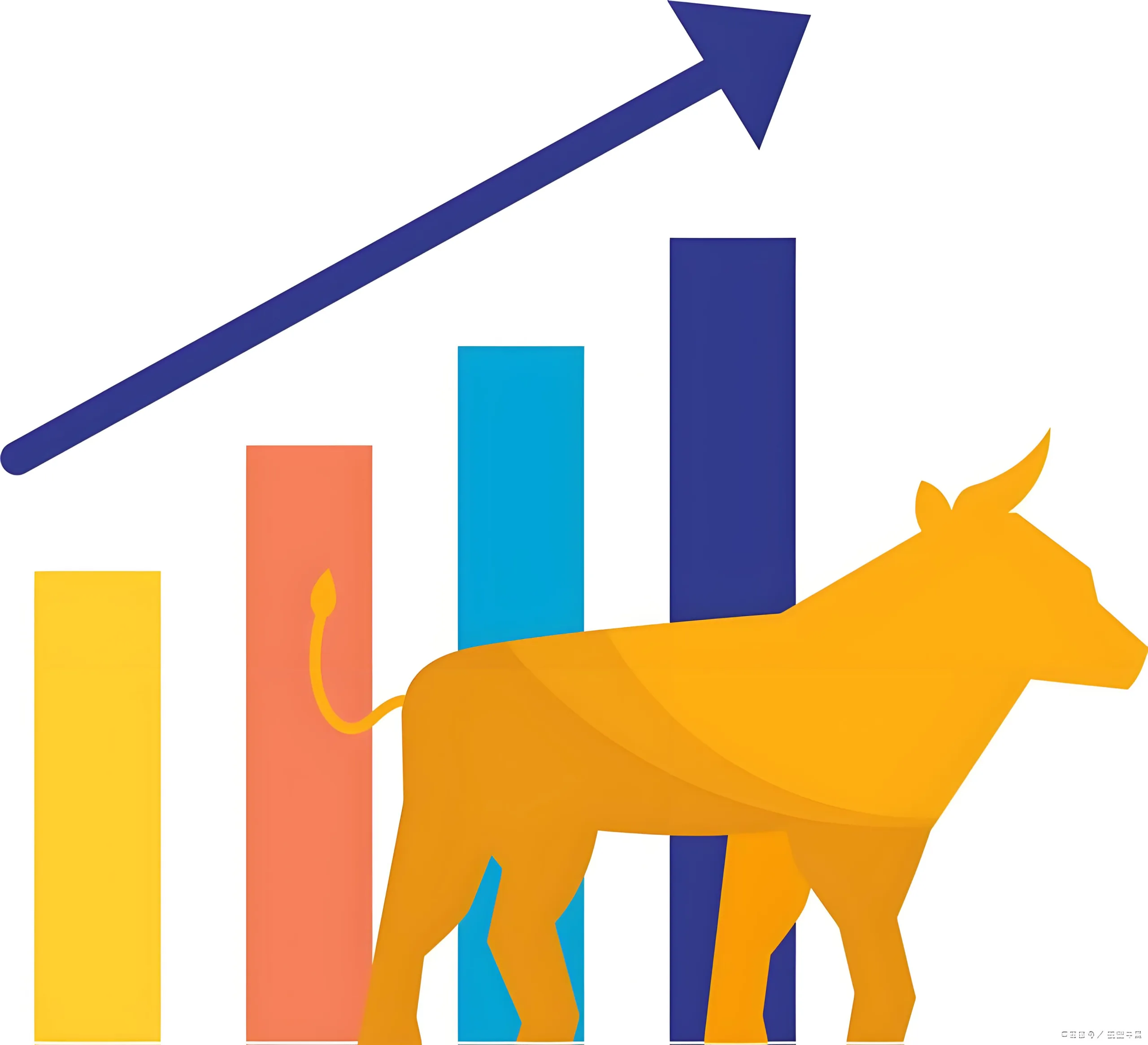Introduction
Avec le développement rapide de la technologie, Le domaine de l'électronique grand public subit des changements sans précédent. En tant que composant important de la technologie électronique moderne, Cartes de circuits imprimés (PCB) play a crucial role in the innovation and development of consumer electronic products. This article will delve into the application, technological innovation, market trends, and future directions of PCBs in the consumer electronics field, aiming to provide readers with a comprehensive and in-depth understanding.
PCB Fundamentals and Structure
Un PCB, ou carte de circuit imprimé, est un composant indispensable dans les appareils électroniques modernes. By depositing conductive materials on the surface of an insulating material, it forms circuit connections, achieving interconnection of electronic components, transmission de signaux, and power distribution. The basic structure of a PCB includes conductors (signal lines), feuille de cuivre (for power and ground connections), à travers des trous (for electrical connections and component fixation), and solder mask (resist layer).

PCB structure
– Conductors
Have network connection relationships corresponding to the schematic diagram, used for transmitting signals.
– Feuille de cuivre
Connects networks through a whole piece of copper skin, commonly used for power (Pouvoir) and ground (GND).
– Through Holes
Used to connect circuits on different layers, achieving inter-layer signal and power transmission.
– Masque de soudure
Covers copper foil and conductors to prevent short circuits during soldering and protect the circuit.
Applications of PCBs in Consumer Electronics
The consumer electronics field is one of the most widespread areas of PCB application, covering smartphones, comprimés, gaming consoles, appareils portables, etc.. These products typically feature characteristics such as slimness, miniaturisation, and high performance, placing extremely high demands on PCB design, fabrication, et tests.

Electronique grand public
– Smartphones
Smartphones are the most typical example of PCB application. A small mainboard integrates multiple complex circuits such as processors, mémoire, modules de caméra, and battery management. These circuits achieve efficient interconnection through precision PCB design.
– Comprimés
The PCB design for tablets is equally complex, needing to meet requirements for high performance, low power consumption, and high reliability. Multilayer boards and High Density Interconnect (IDH) technology are widely used in tablet PCB designs.
– Gaming Consoles
Gaming consoles have extremely high performance requirements for PCBs, needing to support high-speed data transmission, high-definition display, and complex graphics processing. Donc, gaming console PCBs often use high-performance materials, processus avancés, and multilayer board designs.
Technological Innovation and Market Trends in PCBs
Au cours des dernières années, the PCB industry has achieved significant breakthroughs in materials, processus, and equipment, driving rapid development in the consumer electronics field.
– New Materials
The emergence of new materials makes PCB boards lighter, diluant, and higher performing. Par exemple, high-performance copper foil, low-loss dielectric materials, and high-frequency high-speed materials improve the transmission speed and signal quality of PCBs.
– New Processes
The application of new processes enhances the production efficiency and product quality of PCBs. Par exemple, laser drilling technology, chemical copper plating technology, lead-free soldering technology, etc., make PCB manufacturing more precise and efficient.
– New Equipment
The development of new equipment promotes the automation and intelligentization process of the PCB industry. Par exemple, automatic wiring systems, laser cutting machines, high-precision testing equipment, etc., improve the production efficiency and testing accuracy of PCBs.
According to data from CMR Industry Research Institute, China’s PCB industry will undergo in-depth research and development prospects predictions from 2024-2029. With the popularization of 5G communication technology, rapid development of applications like big data and the Internet of Things, the demand for PCBs will continue to rise. It is expected that within the next few years, the PCB market size could reach trillions of dollars.
Market Demand for PCBs in the Consumer Electronics Field

PCB market demand.
The demand for PCBs in the consumer electronics field shows diversified and high-performance characteristics. With consumers’ increasing demands for product quality and functionality, the pace of updates and upgrades in consumer electronic products is accelerating, presenting higher challenges for PCB design, fabrication, et tests.
– High Performance Requirements
Consumer electronic products increasingly require high-performance PCBs that support high-speed data transmission, high-definition displays, and low power consumption. Ainsi, high-performance PCB materials, processus avancés, and multilayer board designs are widely applied in the consumer electronics field.
– Miniaturization Requirements
As consumers demand higher portability and aesthetics, consumer electronic products are developing towards slimmer and smaller sizes. This requires PCB designs to be more compact and efficient, using technologies like High Density Interconnect (IDH) et les circuits imprimés flexibles (FPC) to achieve tight arrangement of components and efficient signal transmission.
– Environmental Requirements
With increased environmental awareness and regulatory improvements, consumer electronic products face stricter environmental requirements. Par conséquent, green PCB products become a market trend. More companies begin to develop and use chemicals that are less toxic, less polluting, and recyclable to reduce harm to the environment and health.
Future Development Directions
À l'avenir, the PCB industry will move towards higher density, higher precision, and thinner designs. As electronic products increasingly demand high-density PCBs, substrats d'emballage, multilayer boards, and other high-end products will see rapid growth. En même temps, the push of environmental policies and increasing consumer demand for eco-friendly products will also drive the development of green PCB products as a market trend.
– Higher Density
With continuously increasing demands for slimness and miniaturization in consumer electronic products, the higher density of PCBs become an inevitable trend. By adopting advanced processes and materials, it is possible to achieve tight arrangement of components and efficient signal transmission.
– Green Products
With rising environmental awareness and regulatory improvements, green PCB products will become an important direction for market development. More companies are beginning to develop and use chemicals that are less toxic, less polluting, and recyclable to reduce harm to the environment and health.
– Intelligent Manufacturing
With the advancement of information technology and digital technology, the PCB industry will accelerate its steps towards digital transformation and intelligent manufacturing. By introducing advanced information management systems and intelligent manufacturing equipment, it will improve production efficiency and product quality to meet downstream market demand for high-quality, high-performance PCB products.
As an important part of modern electronic technology, PCBs have a broad application prospect in the consumer electronics field. With continuous technological progress and market development, the PCB industry will face more opportunities and challenges. By deeply understanding market demand, continuously innovating, improving design levels we can better meet market needs and promote the development of the entire industry. À l'avenir, PCBs will continue to lead innovation and development in the consumer electronics field bringing more convenience and fun to people’s lives.
 LOGO UGPCB
LOGO UGPCB

